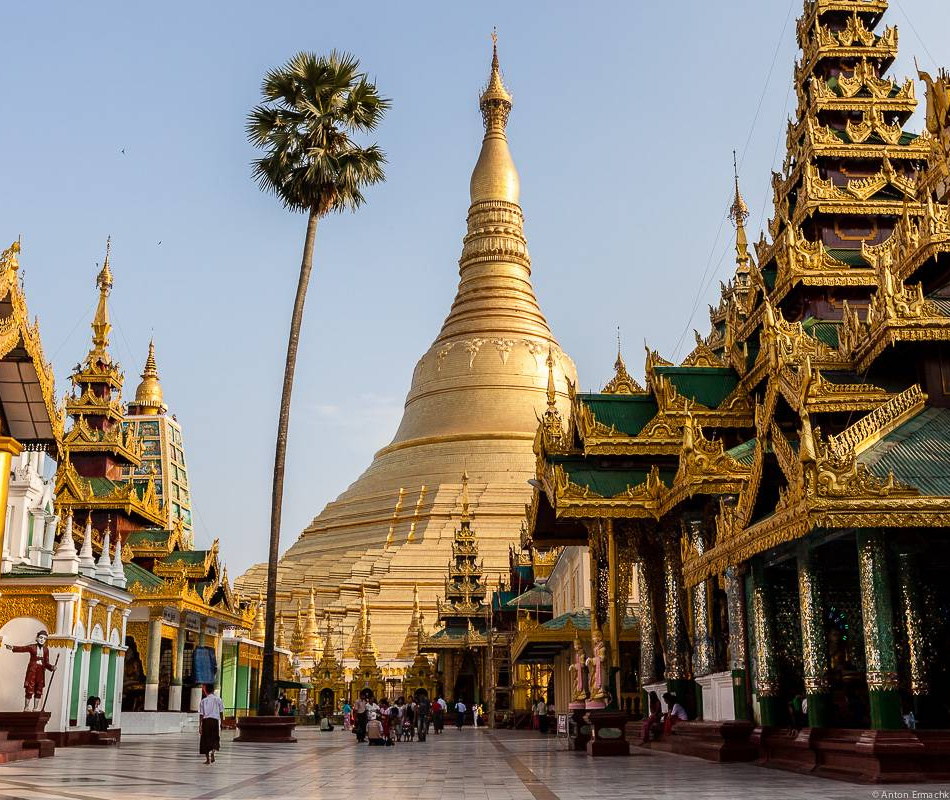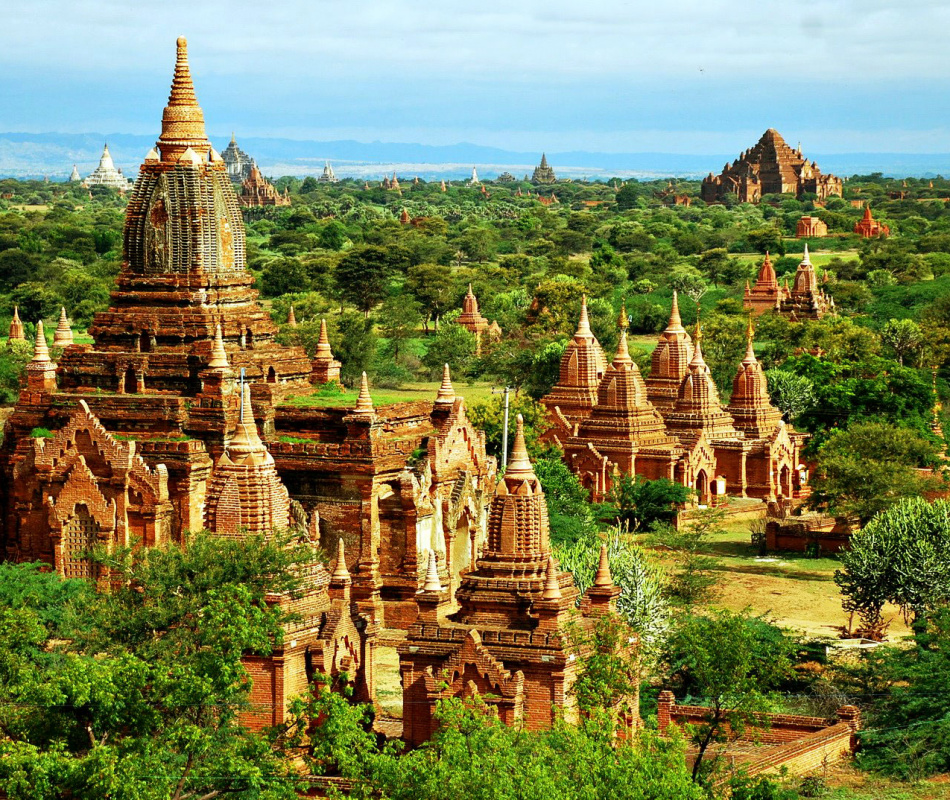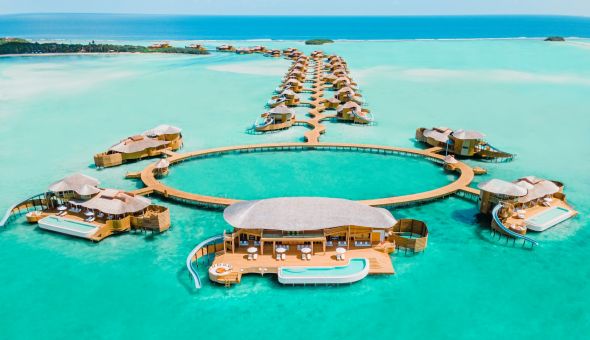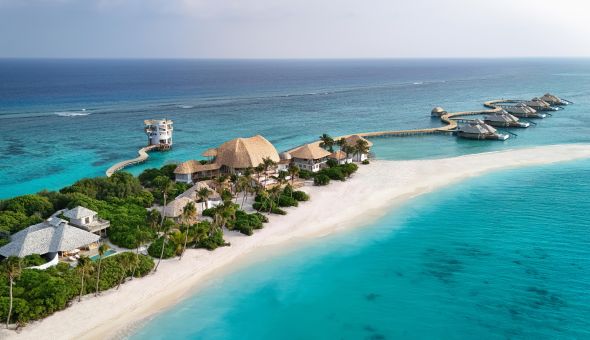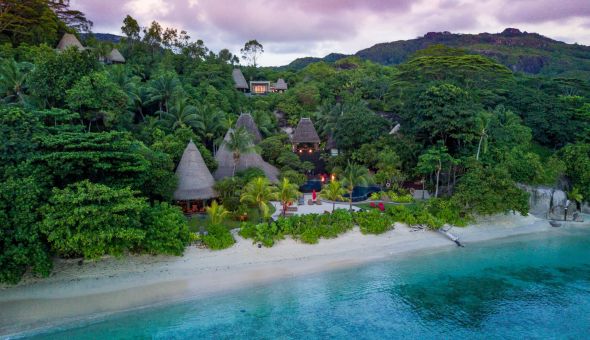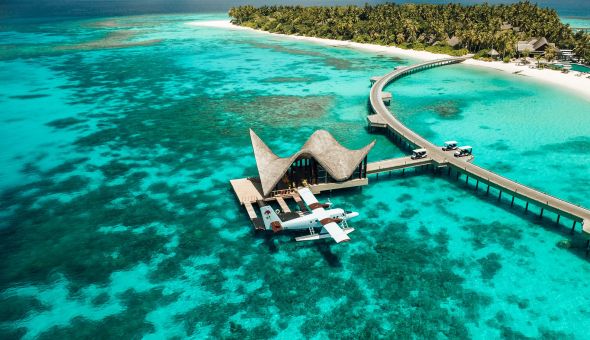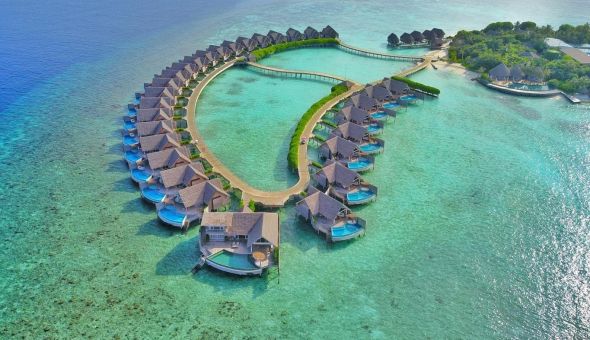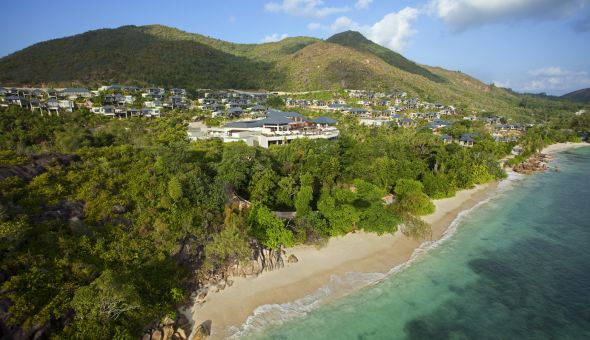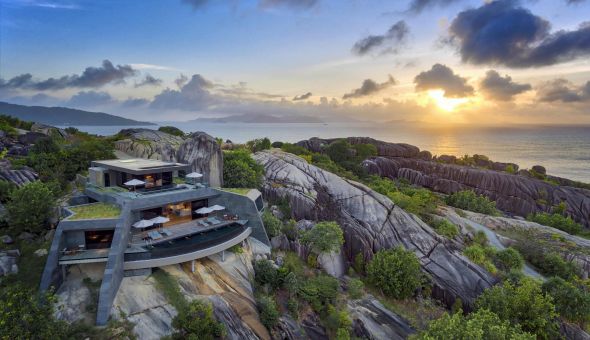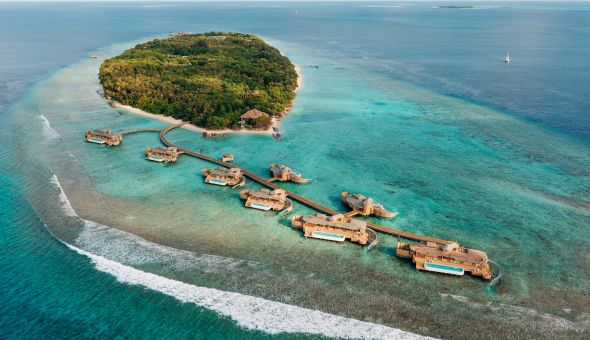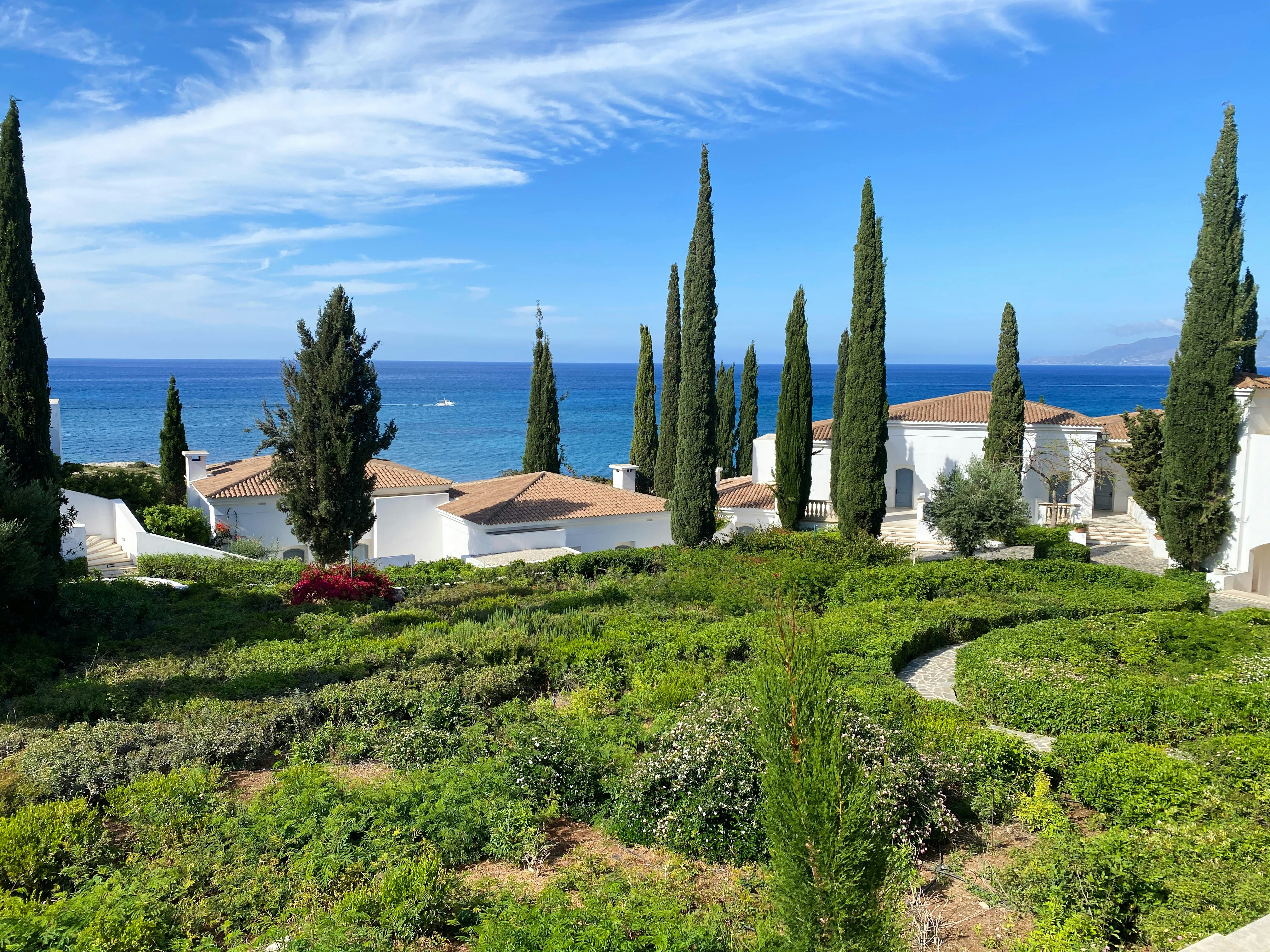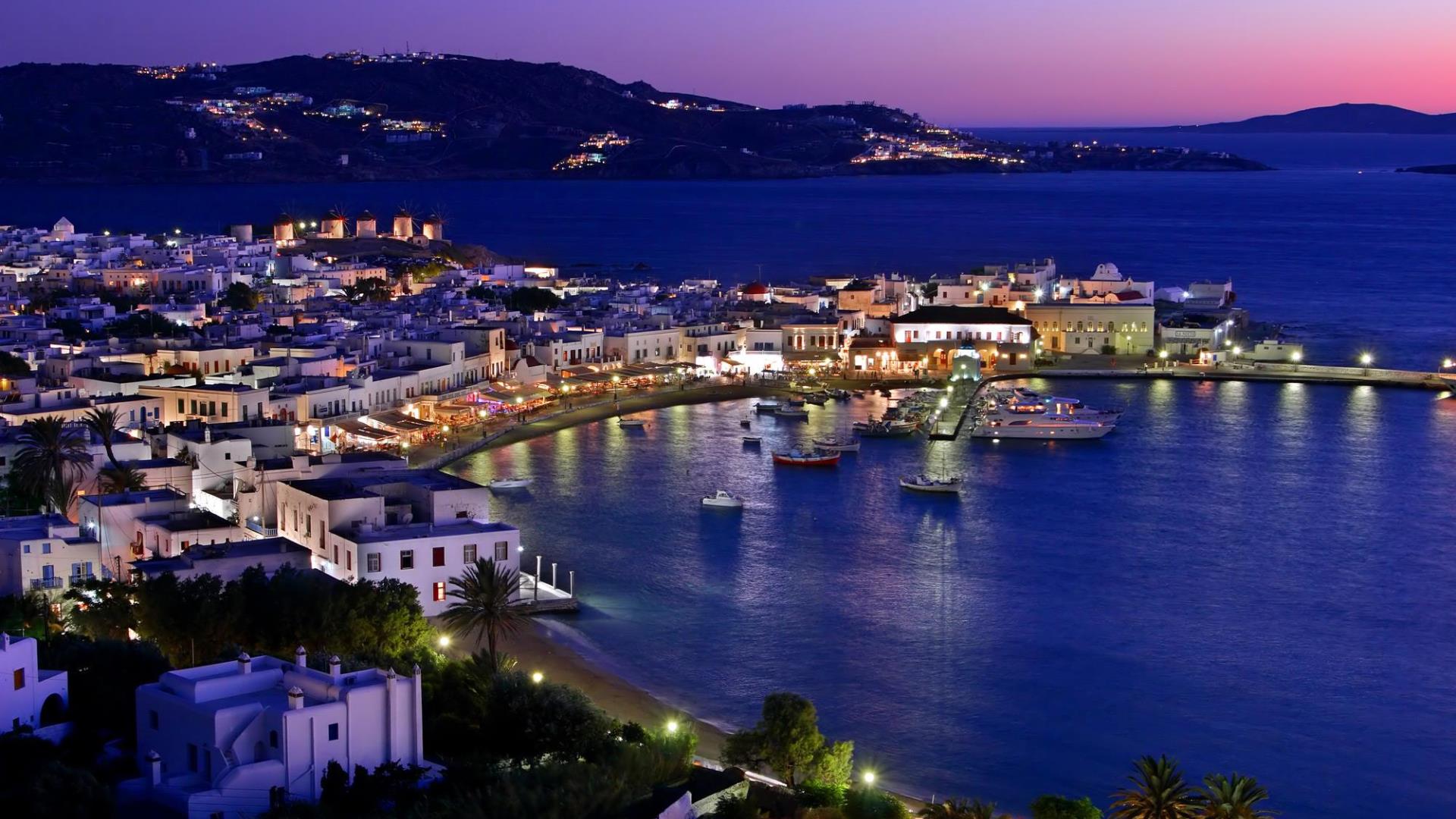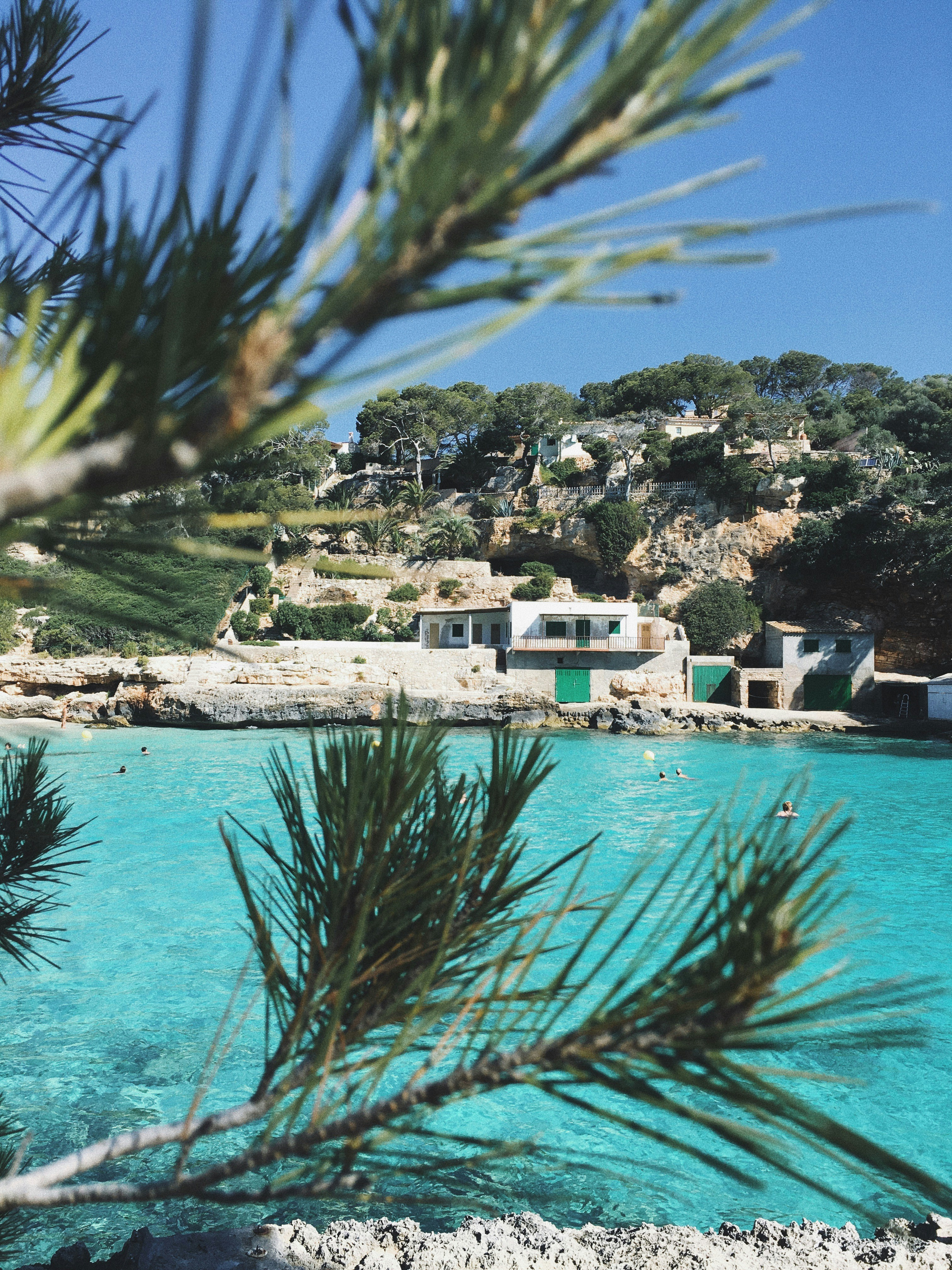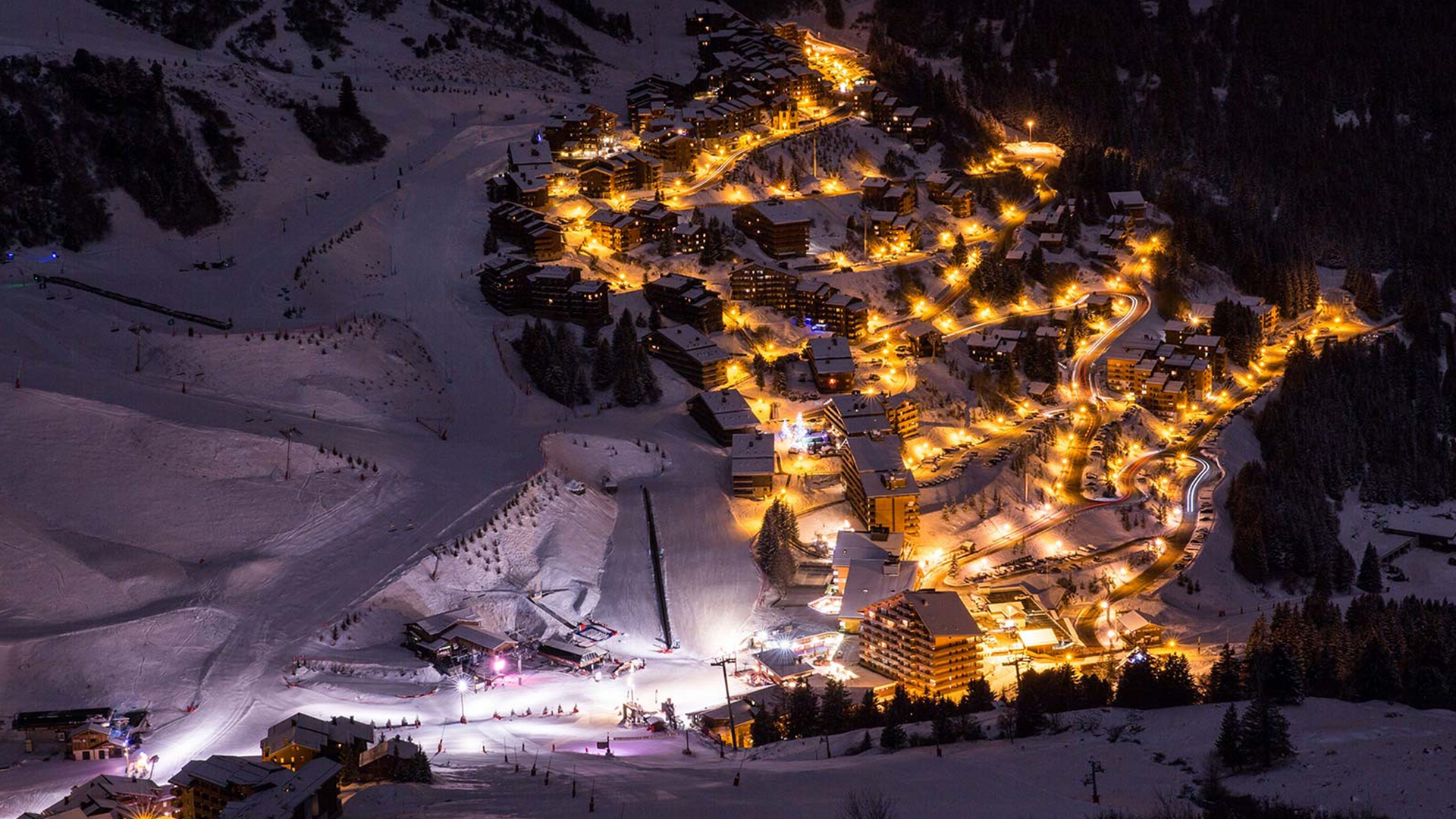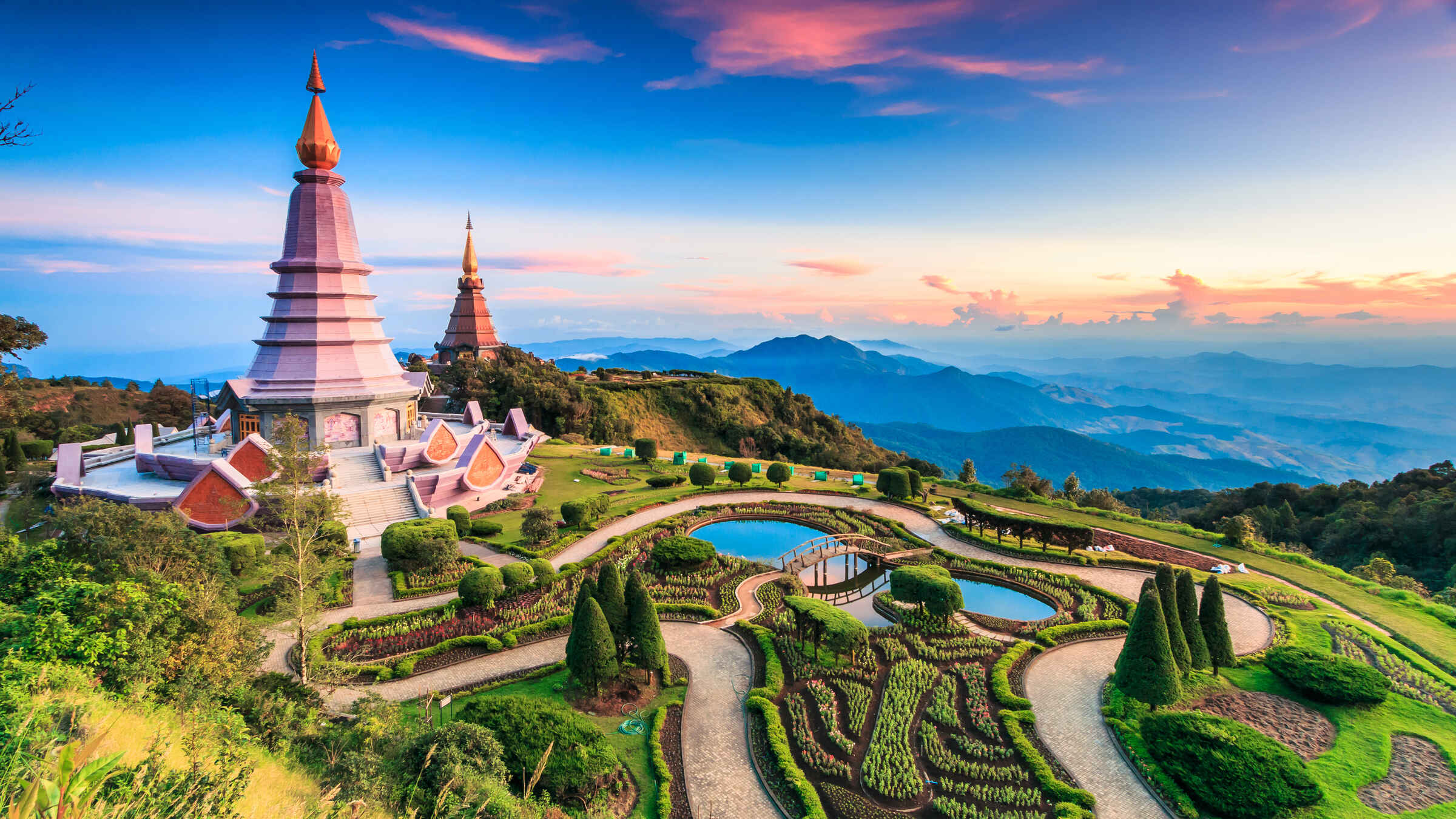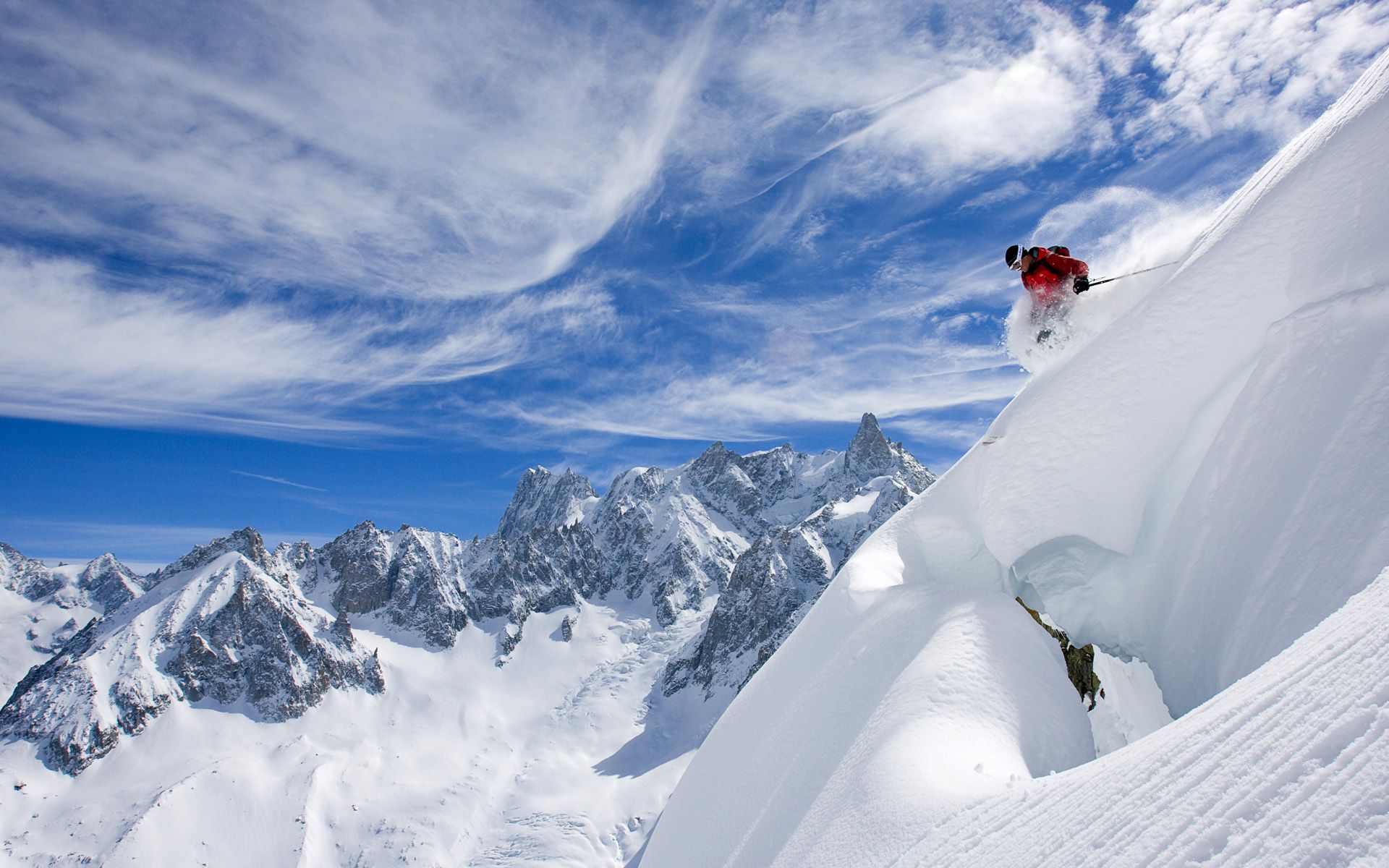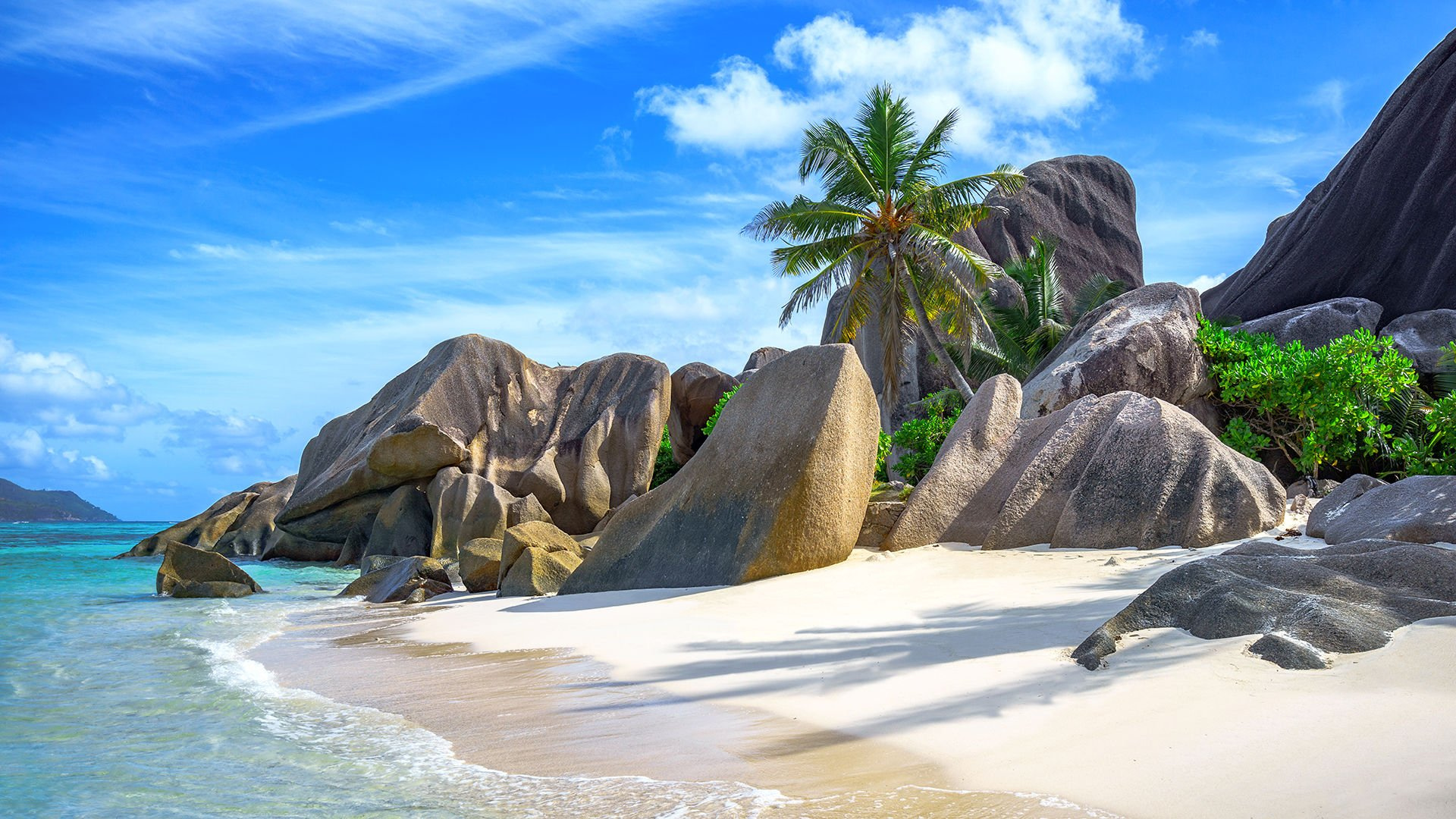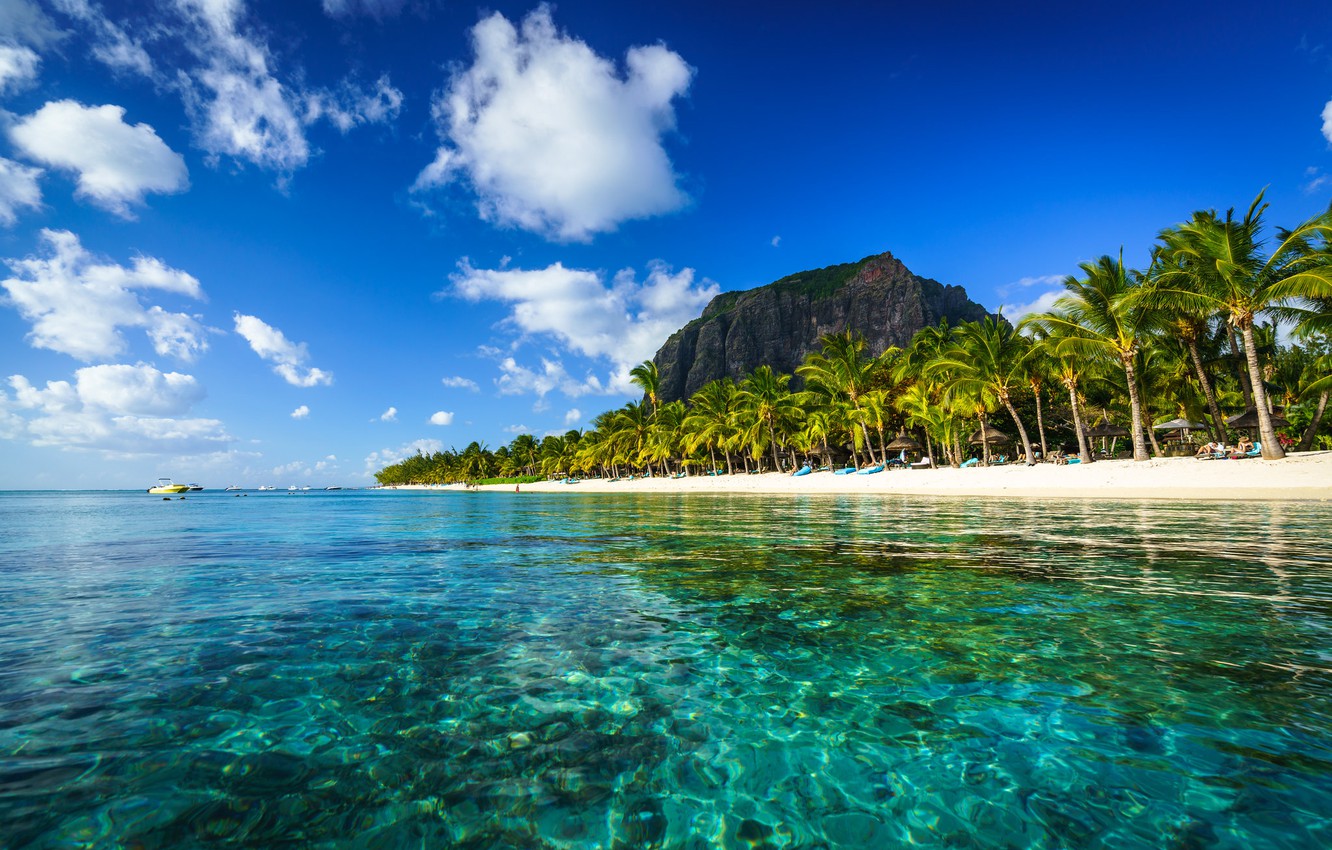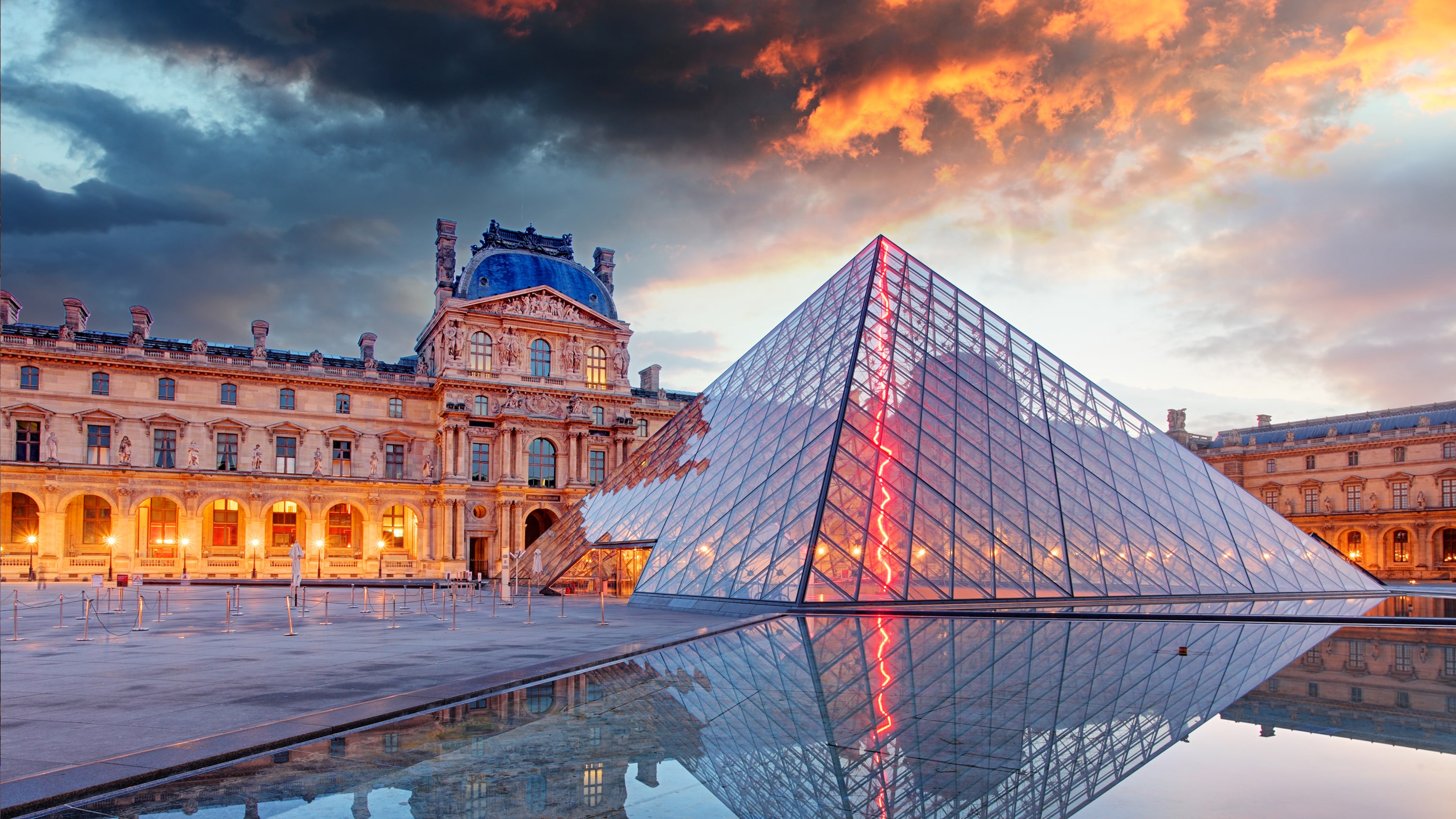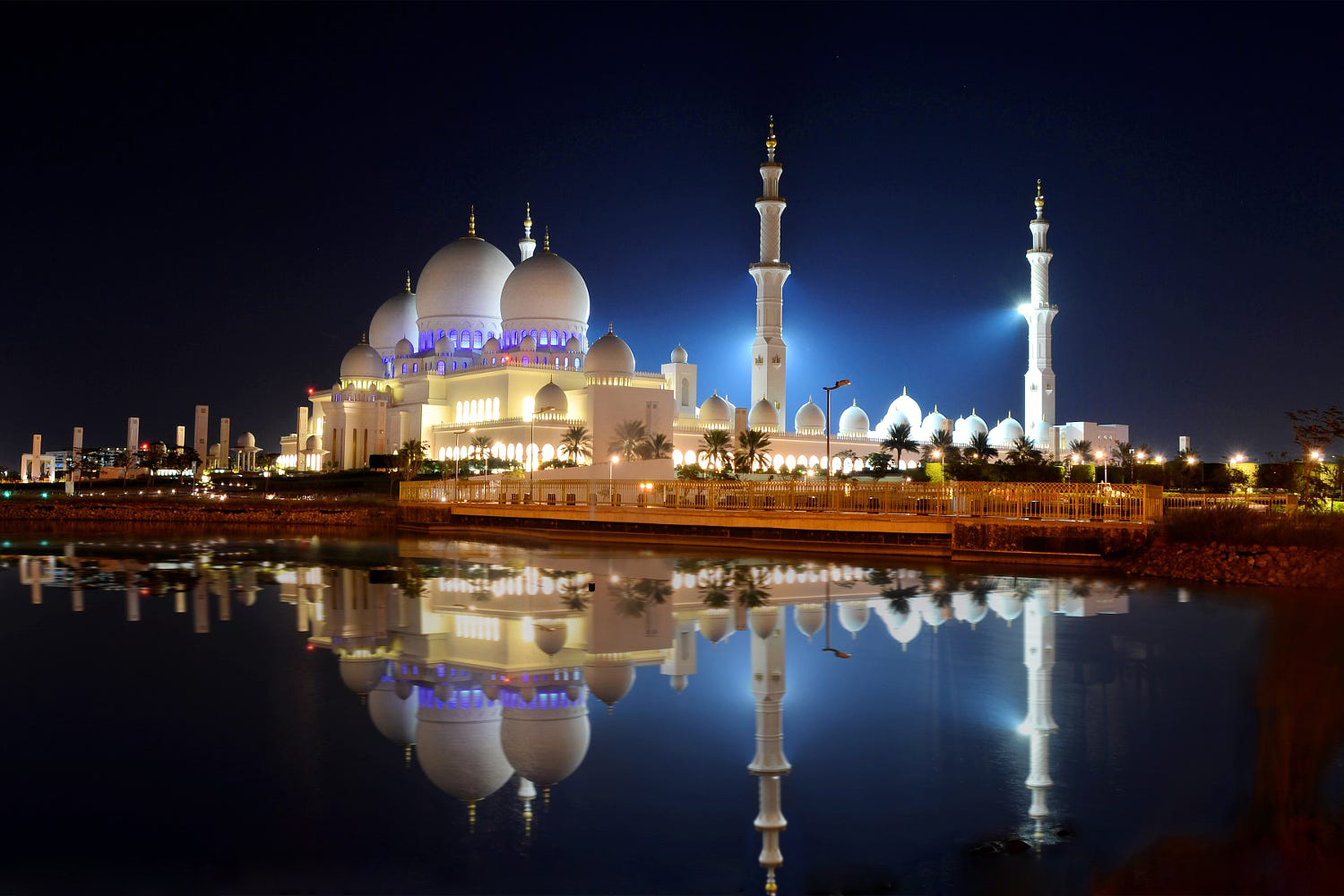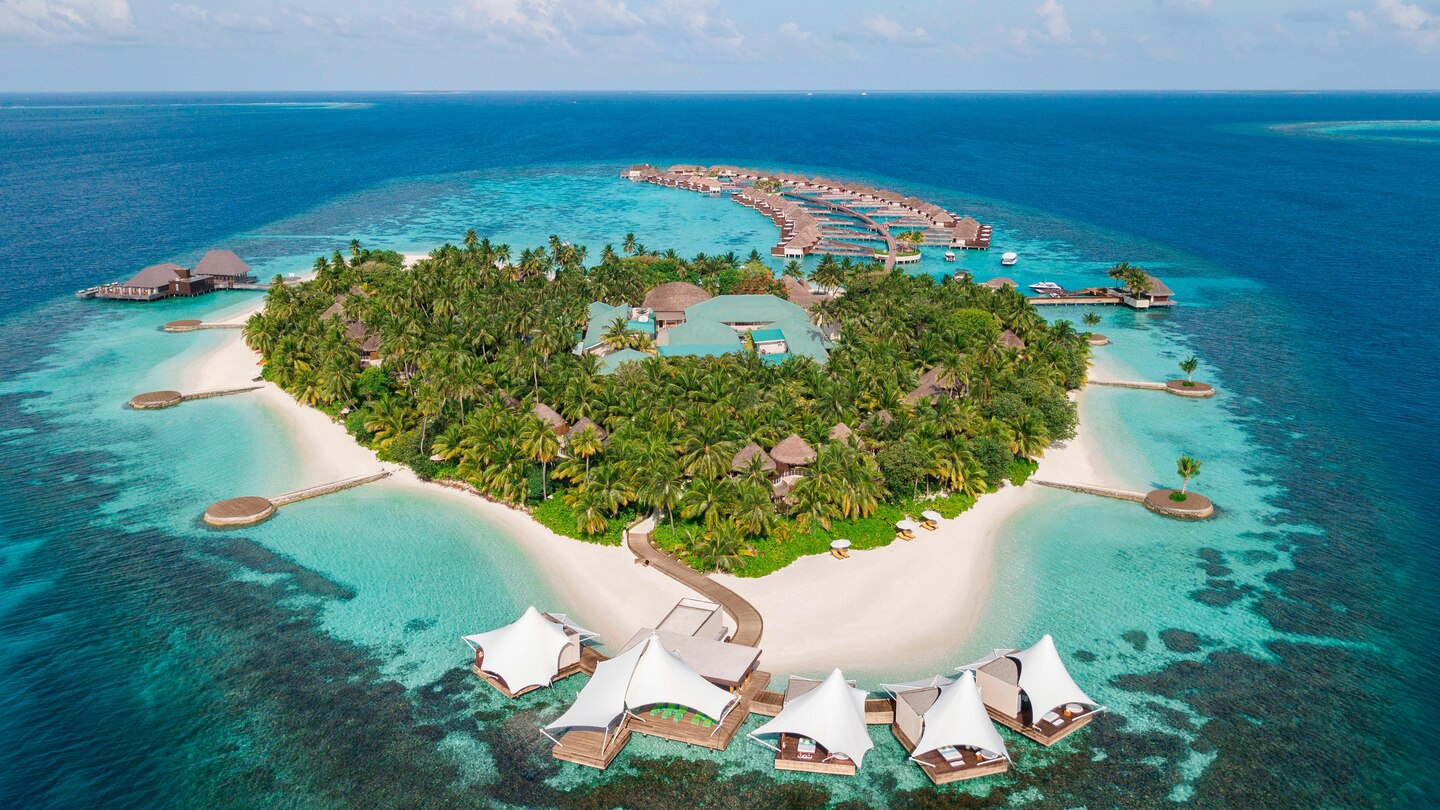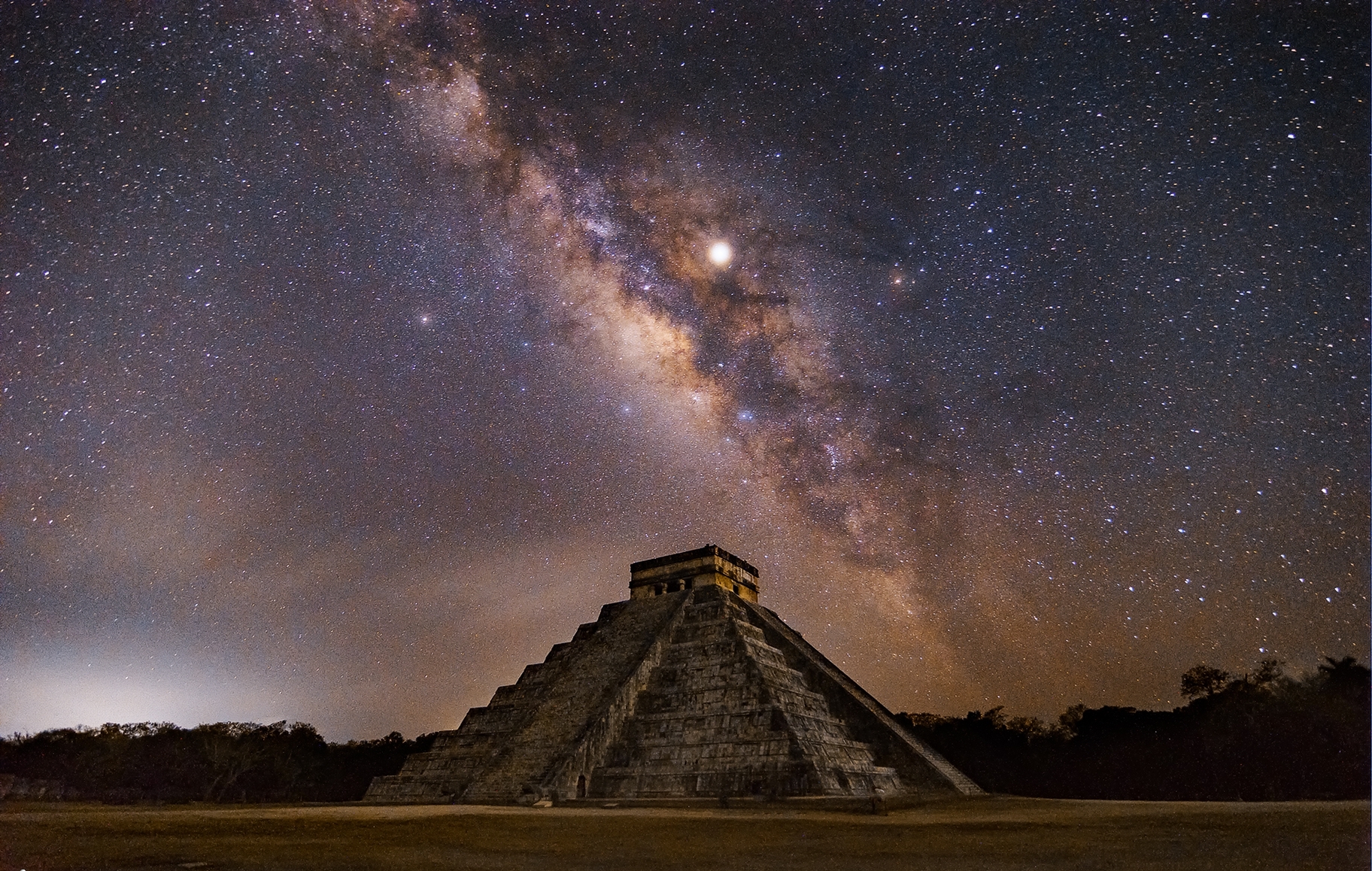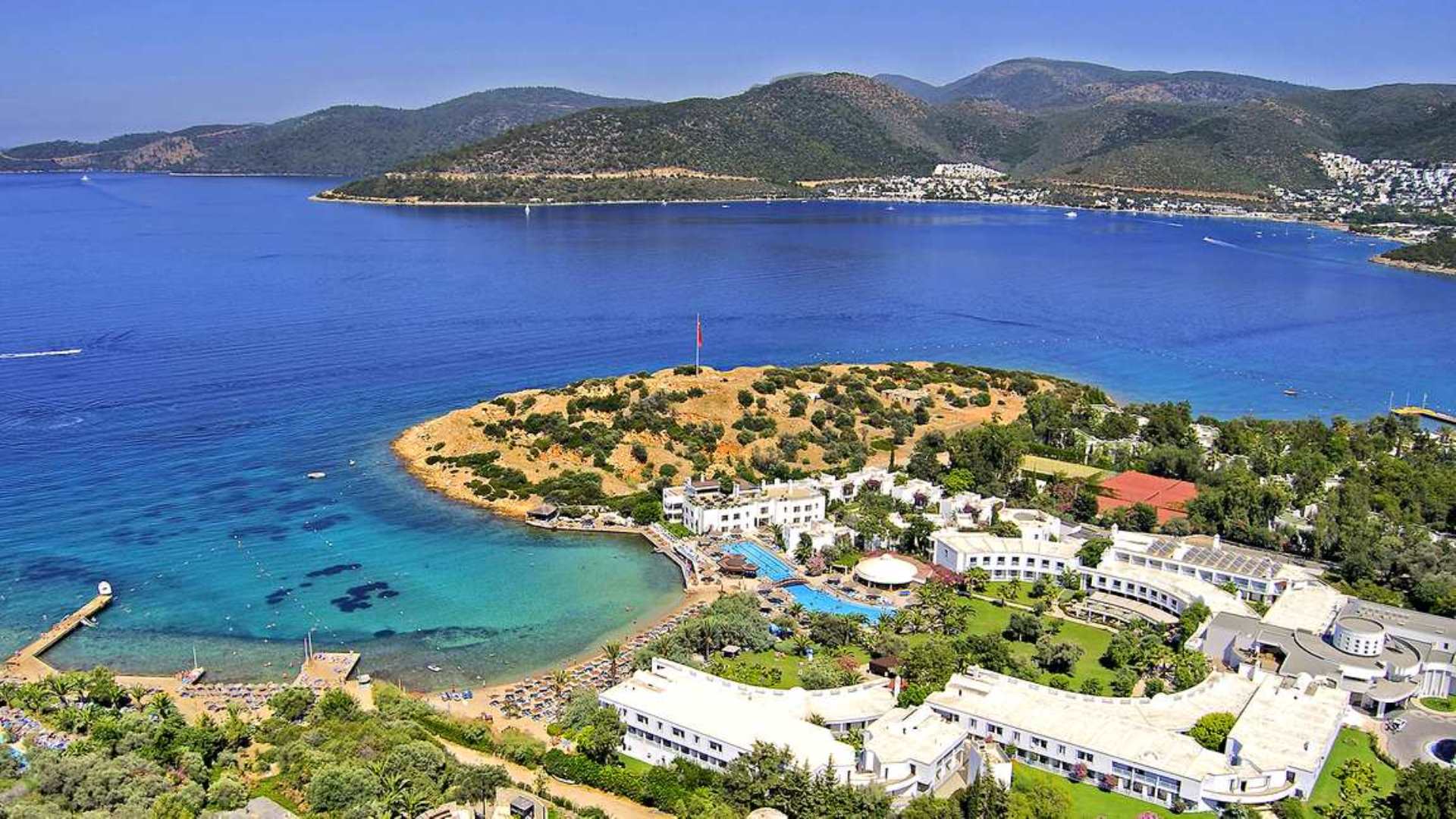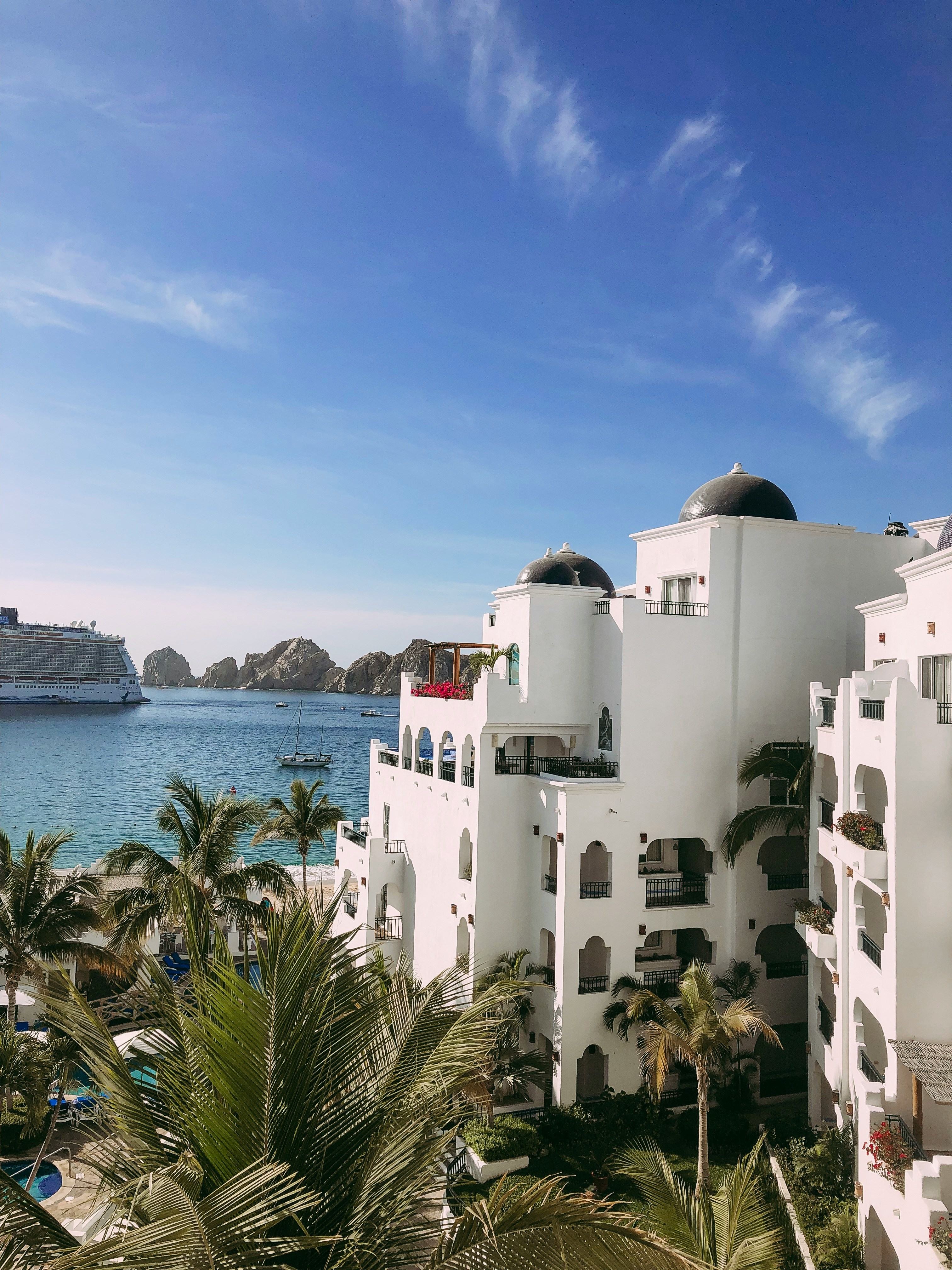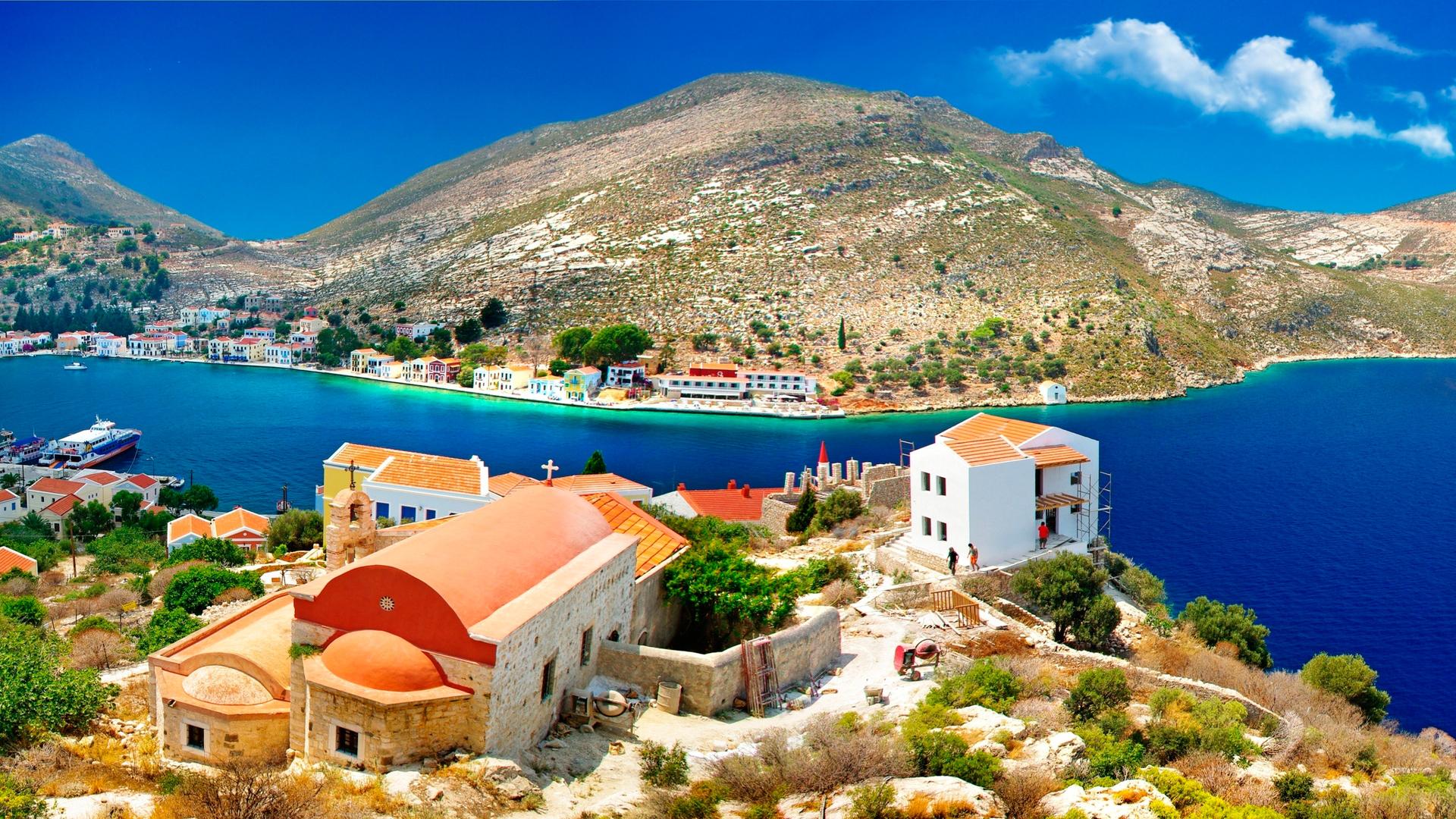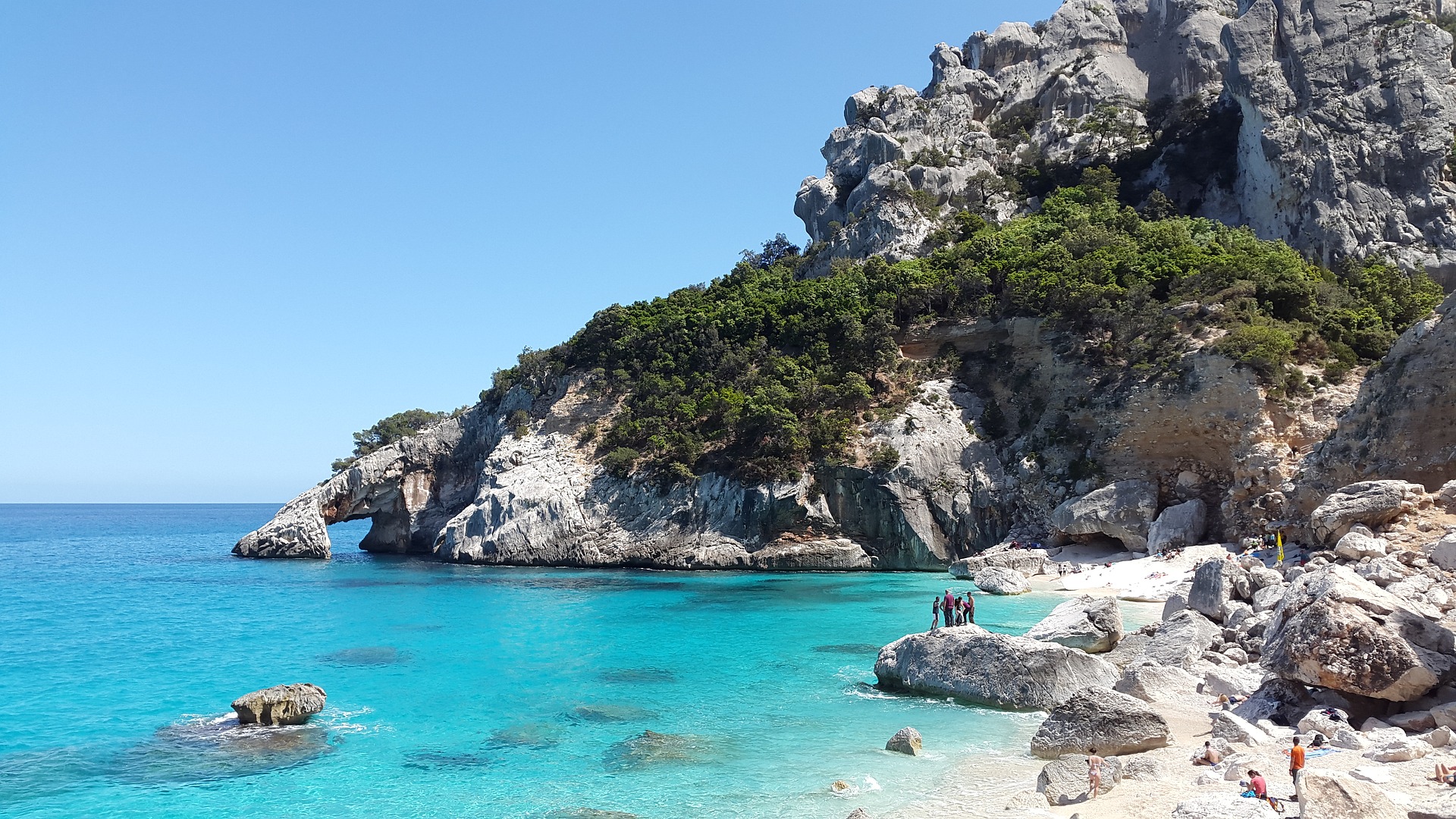Myanmar (Birma) is one of the few places on earth where time would have stopped. It is a country living in the past that does not know modern technological shocks. A trip to Birma will be a sort of journey in the middle of centuries...
Religion has always occupied and has a very important place in the public life of the country. Multiple military regimes (and since 1962 Myanmar has been under the military dictatorship of the State Peace and Development Council, the present military junta) have been forced to include religious posts in their political programmes. In every locality, even in tiny mountain villages, there is a temple or a monastery in which every Burmese boy spends a certain period of time studying the religious postulates and the church language " spa " .
Come to Birma isn't enough. We need to know a way to penetrate her heart. The best way to do this is to travel on a ship called Road to Mandalay, which will take you... into deep ancient history. You arrive in the ancient capital of Rangoon, see the famous Swedish Pagoda, the Buddhist temple in the form of a multi-layered tower, visit the abandoned city of Pagoda Baghan and many others. Birma's called the country thousands of pagodas, their step-by-steps will accompany you throughout the journey. The Iravadi Legendary River, the main life artery of Birma, will lead you to the final destination of the journey, the city of Mandalai, the eastern Kipling.
... The traveler will forever seal in his heart the image of the Buddhist monk in the algae, striving for the steam of ancient Buddhist temples and pagodas, the city where the main mode of transport is the cart.
From the Road to Mandalay Birma will be available to you in all its greatness. By laying on the top deck with a glass of cocktail, You will be able to observe the short time of this ancient country, which has managed to preserve youth...
Tropical monsoon climate, sub-equatorial in the south.
Average temperatures of March and April (most hot months) from +30 C to +32 C, January - +13 C in the north, from +20 C to +25 C in the south. The year in Myanmar is divided into three seasons, depending on the influence of the Mussons: cold (November-February, +20-25 C), hot (March-May, +30-32 C) and rainy (June-October).
The sediments range from 500 mm per year on the plain and up to 3,500 mm in the mountains. It's a cold season of dust storms.
Yangon - one of the most unusual cities in the region. A huge city is buoyant with trees and grasslands, which is almost tidy with outlying jungle, radically different from the urbanized capitals of other Asian countries.
Bagan - one of Asia ' s most interesting historical cities. Founded in the ninth century on the bank of Irawadi, as the capital of the Burmese Empire, the city of Pagoda and Temples, was destroyed by the forces of Khan Hubilai in 1287 and never recovered. This is one of the most amazing archaeological sites in the world - about 5,000 well-established temples, the pagoda stage is concentrated around 42 square kilometres, indicating the city ' s greatness in the old days (some 13,000 places of worship were flourishing around the world). The most famous building of the city is the " golden pagoda " of Schwezigon, built in 1057 by King Anoraht, founder of the royal dynasty of Myanmar.
Mandalai The second largest city of the country and its last ancient capital. This is one of the country ' s climate-friendly places, which, together with a great number of sights, attracts thousands of tourists.
Movements across the country are limited. There is a special map for foreigners where there are areas and towns where entry is prohibited. A number of places can be visited only under the supervision of the turf and on some form
Transport.
Crime in the country is very low, and the police are steadfastly preventing any attempt to beg or speculate. The theft and pocket stealing are also rare, but these types of crime are slowly, but rightly, growing.
Military (and military) and strategic facilities are prohibited. Photographing in temples and museums is prohibited, or additional fees are paid. The locals themselves are usually happy to pose, but they don't like it when they're taken off. When entering the Buddhist temples, not only shoes but often socks should be removed.
The level of health care is relatively low, health facilities are only located in large cities and towns.
Myanmar ' s territory is not well suited for many diseases, which must be taken into account in the planning of the visit. A certificate of vaccination against yellow fever is required from all travellers arriving from contaminated areas. Prevention of malaria is recommended, the risk of contamination in areas below 1,000 metres above sea level (Karen, Chin, Kachin, Kaya, Mon, Shang and Rahin, Pegu District and capital).
Hepatitis A, B and E, cholera, tetanus and polio are recommended. We cannot drink water from underwear and natural sources. Food ice prepared on the street is also considered potentially dangerous. Only boiled or bottled water (in an industrial package), carefully washed and purified vegetables and fruit should be used.
Dairy products are not pasterized and are considered potentially hazardous to health. Meat, fish and seafood should be used only with carefully cooked or thermally processed. The use of pork, green salads and vegetated may be risky.
